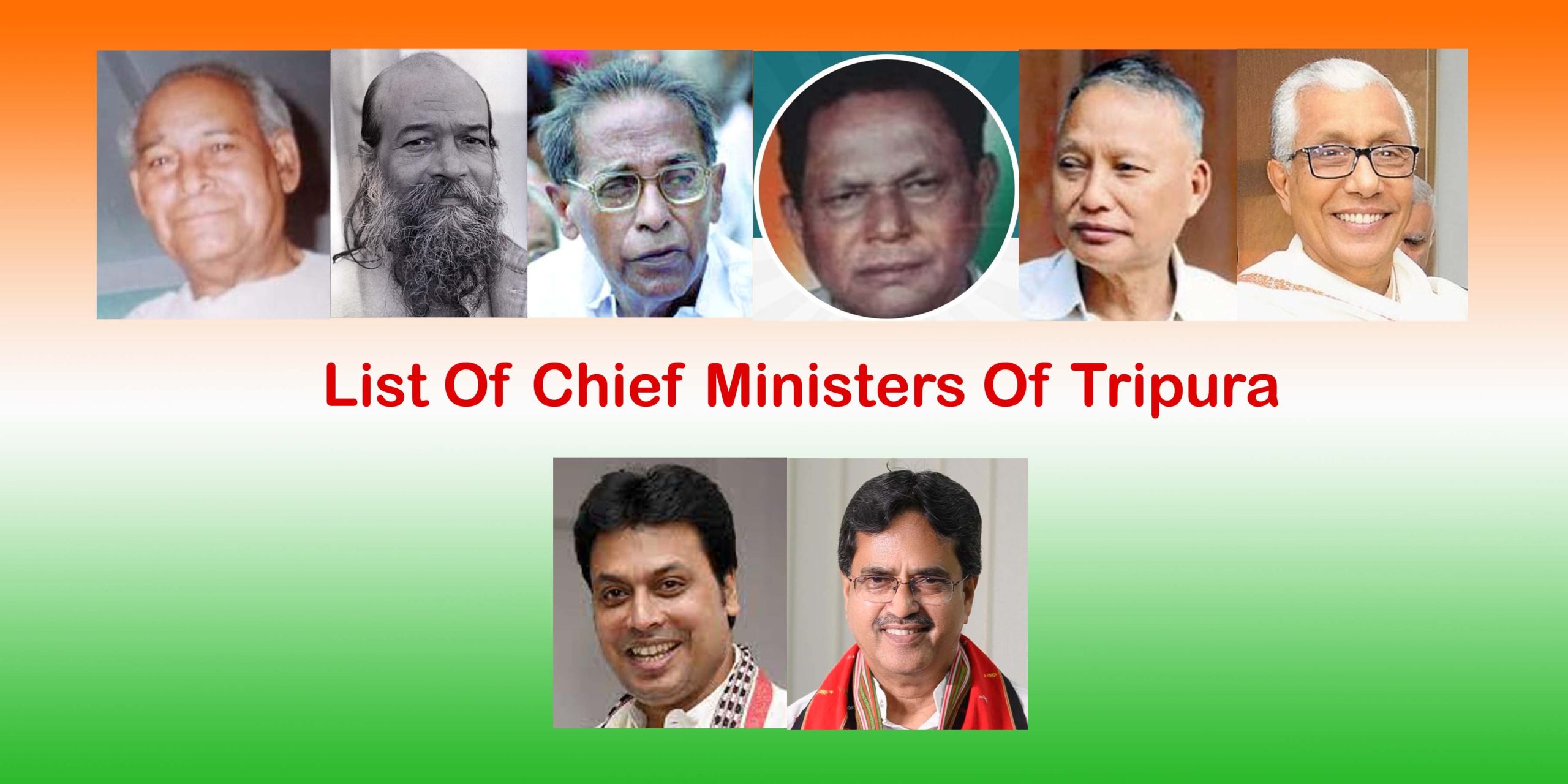
The Journey of Chief Ministers Of Tripura Since Independence
Tripura, a beautiful state tucked away in northeast India, has undergone many changes since it became a part of India in 1949. The Chief Ministers Of Tripura Since Independence plays a crucial role in shaping the state’s growth and governance and maintaining peace and harmony. This blog will look closer at the leaders who have led Tripura over the years, each of whom has contributed significantly to its development and cultural richness.
In a journey of Chief Ministers Of Tripura Since Independence, we will look at these leaders, discussing the big projects they worked on, their challenges, and how they’ve left a mark on the state. Let’s dive into the stories of these incredible leaders and explore how they’ve shaped Tripura into the place it is today.
A Journey Through Leadership: Tripura Chief Ministers Since 1963
Sachindra Lal Singh (1963-1971)
In a Journey of Chief Ministers Of Tripura Since Independence, Sachindra Lal Singh was Tripura’s first Chief Minister when it became a Union Territory in 1963. He led the area during a critical time, helping build and shape it. Singh was crucial in bringing Tripura’s communities together and preparing it for its future as an entire state. Under his leadership, Tripura began its journey of growth and development.
Key Contributions:
- Set up the essential administrative and governance framework in Tripura right after independence, laying the groundwork for the state’s effective management.
- They are concentrated on building infrastructure, like roads, schools, and healthcare centers, significantly improving how people connect and access essential services.
- Singh focused on setting up a solid governance system and kicked off development projects in Tripura. He also worked hard to bring unity among the state’s diverse communities, impacting its journey towards progress and stability.
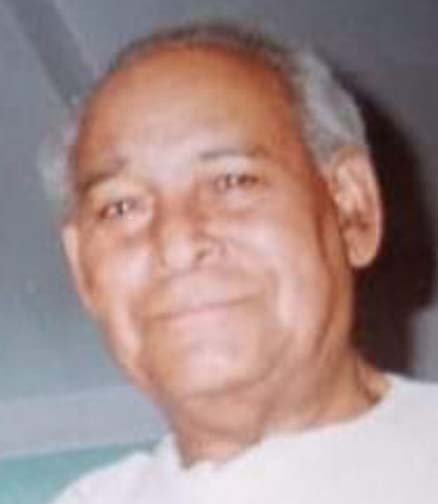
Challenges:
- He is working through the challenges of blending a diverse and primarily tribal population into India’s broader development plans.
- Tackling the differences in wealth and opportunity ensures everyone in Tripura has a fair chance at development.
- Handling the challenge of having limited resources and dealing with the difficulties of being in a remote area, all while needing to improve infrastructure and grow the economy quickly.
Legacy: People remember Sachindra Lal Singh’s tenure for his foundational leadership that steered Tripura through its early years in the Indian Union. He envisioned a developed, inclusive, and harmonious Tripura, setting the stage for the state’s future progress. Singh dedicated his efforts to creating a strong governance structure and initiating development projects in Tripura. His commitment to fostering unity among the state’s varied communities has significantly contributed to its path toward progress and stability.
Sukhamoy Sen Gupta (1972-1977)
In a journey of Chief Ministers Of Tripura Since Independence, Sukhamoy Sen Gupta became the Chief Minister of Tripura at a critical time. The Chief Minister is pivotal in directing the state’s development, overseeing its governance, and ensuring peace and harmony. Sen Gupta strengthened the early steps taken for Tripura’s development during his charge. He concentrated on bringing people together, boosting the economy, and improving infrastructure.
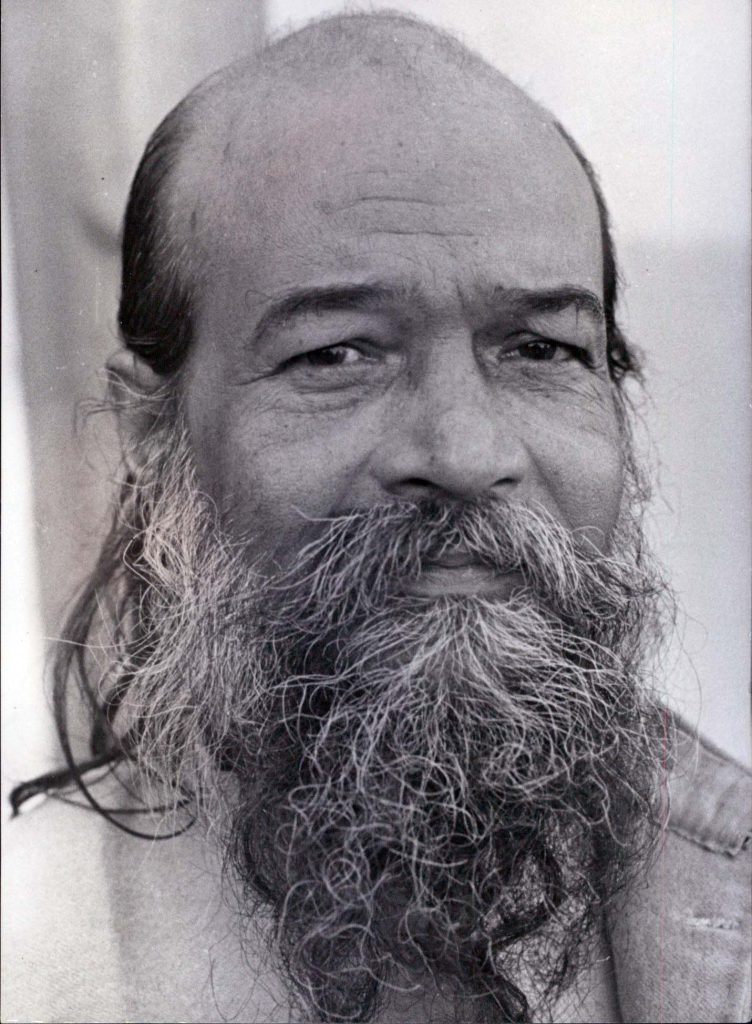
Key Contributions:
- It strengthened and streamlined Tripura’s governmental system, enhancing its functionality across the newly formed state.
- He focused on building the infrastructure, working on significant projects to improve roads, setting up schools and colleges, and growing healthcare services, all to help improve the state’s economic and social development.
- He started programs to help tribal groups and people living in rural areas, aiming to make farming more productive, improve education, and provide better healthcare. These efforts were about reducing inequality and ensuring everyone in Tripura could grow together.
Challenges:
- He worked on calming ethnic tensions and bringing together tribal and non-tribal groups under a united plan for progress.
- He tackled the difficulties caused by Tripura’s geography and logistics that slowed down quick development, such as the isolation of many communities and the need for more infrastructure.
- Found a way to speed up economic growth while keeping Tripura’s valuable culture and natural surroundings safe.
Legacy: Sukhamoy Sen Gupta’s tenure significantly advances Tripura’s journey towards statehood and development. He dedicated his leadership to inclusivity, development, and social harmony, laying crucial groundwork for the state’s future. He initiated vital infrastructure projects and welfare schemes to enhance the living standards of all residents in Tripura. Sen Gupta has left an enduring legacy by fostering unity among diverse communities and driving the state’s development agenda forward.
Prafulla Kumar Das (1977)
Prafulla Kumar Das became the Chief Minister of Tripura in 1977, a time filled with political ups and downs, social changes, and economic challenges. Although his time in office was short, it was a critical moment for Tripura as it tried to find its footing. Das aimed to bring stability and growth to Tripura, picking up where previous leaders left off to meet the needs of its varied communities.
Key Contributions:
- He worked on strengthening Tripura’s administration and governance so the state could better handle its business and address its people’s needs.
- He kept pushing to build more and better infrastructure, especially to connect Tripura more closely with itself and the rest of India, aiming to boost the economy and bring everyone closer together.
- They started new programs to help those in need, focusing primarily on health, education, and improving rural areas, all to lessen the gap between different parts of society and increase everyone’s well-being.
Challenges:
- He was dealing with the political ups and downs and conflicts that made it hard to govern and move development projects forward during his time in office.
- Tackling the state’s economic issues, like the lack of industry, heavy reliance on agriculture, and the need to create jobs to fight poverty and stop people from moving away.
- They work to keep peace and unity among Tripura’s many ethnic groups, each with its own culture and economic worries.
Legacy: Prafulla Kumar Das’s brief tenure as Chief Minister is notable for his efforts to ensure political stability and enhance social welfare in Tripura. Despite facing numerous challenges and the brevity of his term, Das laid essential foundations for future administrations in governance, infrastructure development, and social welfare initiatives. His leadership underscored the critical role of guiding the state through uncertain times and setting the stage for ongoing progress.
Radhika Ranjan Gupta (1977)
Radhika Ranjan Gupta stepped into the role of Chief Minister of Tripura for a short while in 1977, a year that saw a lot of political changes and challenges. Even though his time in office was brief, it happened during a period of change and the continuing efforts to achieve stability and growth in Tripura. Gupta led the state through a crucial time of political change, economic challenges, and the need to unite its diverse communities.
Key Contributions:
- They focus on consolidating the administrative framework to ensure effective governance and responsiveness to citizens’ needs, aiming to build on the institutional structures necessary for Tripura’s progress.
- They also prioritized the development of essential infrastructure, particularly in transportation and public utilities, to improve connectivity and access to services for the people of Tripura.
- Initiated welfare measures intended to uplift the socio-economic status of disadvantaged communities, with a particular emphasis on healthcare, education, and rural empowerment, to foster equity and social justice.
Challenges:
- They are addressing the lingering political instability and fostering a sense of unity and purpose among the state’s political actors and constituents to create a conducive environment for governance and development.
- They are also tackling the economic constraints that hindered Tripura’s growth, including the need for diversification of the economy, job creation, and the integration of the state into broader economic networks.
- They Manage the delicate balance between development objectives and the preservation of Tripura’s rich cultural diversity and ethnic harmony amidst the pressures of modernization and change.
Legacy: Although Radhika Ranjan Gupta served as Chief Minister briefly, we note his contributions for their emphasis on governance, infrastructure, and social welfare in the context of Tripura’s development journey. His tenure marks a step in the state’s ongoing efforts to achieve stability, growth, and inclusivity, laying some groundwork for future administrations’ achievements. His leadership underscored the importance of focused governance and development initiatives, even in periods of transition and challenge.
Nripen Chakraborty (1978-1988)
Nripen Chakraborty was the Chief Minister of Tripura for ten years, during a crucial time that shaped what the state would become. He assumed leadership amid Tripura’s challenging issues, such as political fluctuations, economic struggles, and significant disparities in living conditions and people’s treatment. Chakraborty dedicated his tenure to advocating for justice, enhancing the economy, empowering tribal communities, and establishing a new benchmark for governance in Tripura.
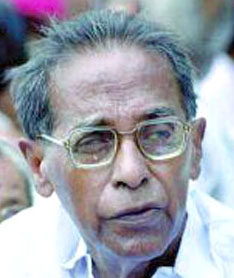
Key Contributions:
- They have implemented significant reforms to improve government efficiency, increase transparency, and honestly respond to the people of Tripura, establishing a solid foundation for state governance.
- He Launched significant initiatives to enhance road infrastructure and expand public utilities. Additionally, he supports rural development, strengthening Tripura’s economy and improving accessibility and service availability for residents.
- They started many programs to help people who didn’t have much, including giving out land, improving education, and improving healthcare. These efforts were about reducing poverty and improving life for everyone in the state.
Challenges:
- They faced the daunting task of integrating Tripura’s diverse ethnic groups into mainstream development while preserving their unique cultural identities amid rising ethnic tensions.
- They struggled with economic challenges, including limited resources and the need to diversify the state’s economy beyond traditional sectors while addressing unemployment and rural distress.
- They faced the challenge of keeping political stability and security in a state troubled by insurgency and cross-border tensions. It required adept handling of law enforcement and robust negotiation skills.
Legacy: Nripen Chakraborty left a notable mark in Tripura’s history, renowned for his commitment to social fairness, economic growth, and uplifting tribal and disadvantaged groups. He initiated reforms and development projects that continue to influence the state’s advancement. People honour him for his visionary leadership, which guided Tripura towards sustainable growth and social unity. He stands recognized as a pivotal figure in the state’s political and developmental narrative.
Sudhir Ranjan Majumdar (1988-1992)
In a journey of Chief Ministers Of Tripura Since Independence, Sudhir Ranjan Majumdar became CM, a time filled with tackling economic struggles and social conflicts. His leadership was crucial in guiding the state through these challenges, focusing on balancing growth and social peace, especially against rising ethnic tensions. During his term, Majumdar concentrated on boosting the economy, upgrading infrastructure, and launching new policies to foster peace and stability across Tripura.

Key Contributions:
- They made the Tripura government more efficient and responsive by strengthening its administrative and governance structures. This initiative involved simplifying processes and enhancing the delivery of public services.
- They focused on building and upgrading roads, schools, and healthcare facilities to support Tripura’s long-term economic growth and enhance the quality of life for its people.
- They have started social welfare programs focusing on education and healthcare to uplift the less fortunate. These initiatives aimed to reduce poverty and ensure that all members of society could enjoy the benefits of development.
Challenges:
- He faced the tough job of keeping peace and building unity among communities in a state experiencing increasing ethnic tensions. Majumdar had to work hard to make sure everyone felt safe and included.
- He tackled economic hurdles head-on, focusing on reducing unemployment and diversifying the economy. He aimed to move beyond just farming by boosting tourism and small businesses.
- He faced the challenging task of fostering economic growth while safeguarding the environment, a delicate balance in a state renowned for its rich biodiversity. He pushed for policies that safeguarded nature while encouraging development.
Legacy: Sudhir Ranjan Majumdar’s tenure significantly advanced Tripura’s infrastructure, enhancing roads, schools, and healthcare services despite facing challenges. He established a solid foundation for future leadership, prioritizing all community members’ well-being and peaceful coexistence. Majumdar’s dedication to improving life across Tripura guided the state toward a promising future of prosperity and unity for all its residents.
Dasarath Deb (1993-1998)
Dasarath Deb ascended to the Chief Ministerial position of Tripura amidst a critical period of socio-political transition and economic challenges. From 1993 to 1998, Deb’s tenure was pivotal in shaping the state’s trajectory towards peace, development, and social justice. Known for his deep connection with the grassroots and his commitment to the welfare of the tribal and marginalized communities, Deb steered Tripura through significant reforms and initiatives aimed at inclusive growth and harmony.
Key Contributions:
- Dasarath Deb implemented land reforms and rights for tribal communities, transforming Tripura’s social and economic landscape by ensuring fair land distribution and boosting agricultural growth.
- He emphasized education and healthcare, starting many programs to boost literacy and improve health services throughout the state, especially in rural and tribal regions. It set the stage for long-lasting development.
- Deb was a strong voice for peace and bringing people together during ethnic conflict. He was vital in starting conversations and peace efforts to heal divisions and bring together the diverse groups within Tripura.
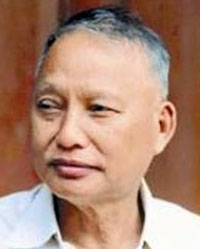
Challenges:
- Deb faced the tough job of dealing with deep-rooted ethnic tensions and conflicts while making sure tribal communities were safe and their rights protected. It required constant hard work and clever approaches.
- Boosting economic growth in a state with little industry and recovering from conflict was a big challenge for his team.
- Making land reforms happen and protecting tribal rights against pushback and red tape demanded strong leadership and the ability to negotiate well.
Legacy: People remember Dasarath Deb’s time as Chief Minister as a turning point in Tripura’s history, marked by his dedication to social fairness, peace, and progress. He worked hard to improve the lives of tribal communities, fight for social justice, and promote peace and reconciliation, leaving a lasting effect on the state’s social and political scene. Deb’s legacy lives on, motivating future generations and showcasing his visionary leadership in striving for a balance between development, equity, and harmony in Tripura. n
Manik Sarkar (1998-2003, 2003-2008, 2008-2013, 2013-2018)
Manik Sarkar, known for being one of India’s most straightforward and ethical leaders, served as Tripura’s Chief Minister for four straight terms from 1998 to 2018. This period saw political stability, economic improvement, and social changes in Tripura. Famous for his simple living and dedication to the people’s welfare, Sarkar tackled poverty, joblessness, and inequality head-on and fought against insurgency to achieve peace in the state.
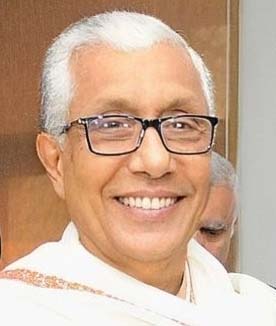
Key Contributions:
- They led efforts to fight insurgency and bring peace back to Tripura, cutting down violence and creating a better setting for growth and well-being.
- Launched wide-ranging social welfare plans focusing on health, education, and rural progress, which boosted literacy, improved access to healthcare, and lessened poverty.
- He worked on building infrastructure, like more roads, schools, and hospitals, making it easier to get around and access services throughout the state.
- Encouraged farming practices that are good for the environment and job programs in rural areas, helping thousands of families earn a better living and strengthening the state’s economy.
Challenges:
- Tackling long-standing insurgency and ethnic clashes in Tripura meant tirelessly working on peace talks and programs to help affected people rebuild their lives.
- Striking a balance between growing the economy and protecting the rich natural surroundings and wildlife was a continuous struggle.
- Making sure development reached everyone equally, especially in tribal and hard-to-reach places, to narrow the differences between city and countryside living.
Legacy: Manik Sarkar’s time as Chief Minister profoundly shaped Tripura’s society and economy. He’s remembered for stabilizing politics, boosting the economy, and making significant social changes. Known for his simple living and honesty, Sarkar focused on helping the less fortunate, impacting how Tripura grew. As one of India’s longest-serving Chief Ministers, his work still guides the state’s policies and efforts towards development.
Biplab Kumar Deb (2018-2022)
Biplab Kumar Deb took over as the Chief Minister of Tripura in 2018, heralding a new era in the state’s political landscape. His ascendancy marked the end of the Left Front’s long-standing dominance in the state, introducing a new governance model under the Bharatiya Janata Party (BJP). Deb’s leadership came when Tripura sought transformative growth and development to leverage its strategic geographical location and rich cultural heritage.
Key Contributions:
- They initiated significant reforms in the administration and governance structure to enhance efficiency, transparency, and public service delivery.
- They have launched ambitious infrastructure projects, including the improvement of roads, the expansion of internet connectivity, and the enhancement of urban and rural utilities, to foster economic development and improve the quality of life for the citizens.
- Implemented welfare schemes focused on health, education, and social security, aiming to uplift the socio-economic status of the underprivileged sections of society.
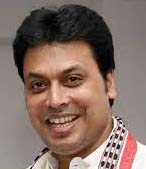
Challenges:
- They are overcoming bureaucratic inertia and implementing reforms in a state with deeply entrenched political and administrative practices.
- He addresses unemployment and creates job opportunities for the youth in a predominantly agricultural economy.
- He balances economic development with environmental conservation, particularly in preserving the state’s rich biodiversity and natural resources.
Legacy: Biplab Kumar Deb’s tenure as Chief Minister marks shifting toward proactive governance and development-oriented policies in Tripura. His leadership infused new energy into the state’s administration, aiming to position Tripura as a model state in management, development, and social harmony. While his term saw notable progress in various sectors, it also laid the foundation for future growth initiatives, setting a precedent for innovative governance and policy-making in Tripura.
Manik Saha (2022-Present)
In 2022, Manik Saha took over as Tripura’s Chief Minister, stepping in at a crucial time of continuous growth and change in the state’s political scene. His leadership is about keeping up the momentum the person before him started, emphasizing sustainable growth, tech progress, and looking out for the community’s welfare. Saha brings an unusual mix of experiences as a dentist and cricket administrator to his role as Chief Minister. His leadership emphasizes using technology and innovative ideas to push the state’s governance and development into the future.
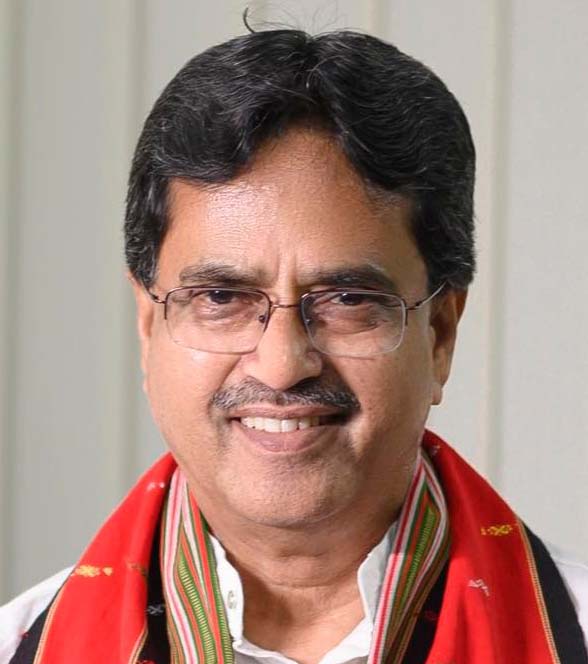
Key Contributions:
- He boosted the state’s administration and governance, focusing on digital services and transparency to make government services smoother and improve citizens’ interaction with the government.
- He emphasized building better infrastructure, investing in better connections, upgrading urban and rural facilities, and improving health and education services to support growth and development.
- He also grew welfare programs and rolled out new ones focused on health, education, and social security, especially for those on the margins of society, to ensure everyone benefits equally from growth and development.
Challenges:
- He had to manage the tricky aspects of running a government while dealing with Tripura’s ever-changing political scene, aiming to keep things stable and get everyone on board with development plans.
- He worked on tackling unemployment and the need for better job skills, especially among young people, to maximize the population’s potential and boost the economy.
- He also focused on ensuring efforts to grow the economy didn’t forget about the environment or cultural heritage, keeping these essential parts of Tripura’s identity at the heart of development plans.
Legacy: Though ongoing, Manik Saha’s tenure as Chief Minister is already carving a new path for Tripura’s development. With a focus on innovation, inclusivity, and sustainability, he aims to not only build on the successes of his predecessors but also bring in new ideas and methods to tackle today’s challenges. He seeks to bolster Tripura’s standing as a prime example of progressive governance and holistic development in the northeastern region of India.
Conclusion:
Tripura’s story, The Chief Ministers Of Tripura Since Independence, is like a colorful tapestry of dreams, plans, and leadership styles. From laying the foundation stones to embracing the latest technology and green practices, these leaders have steered Tripura through the ups and downs of governance, social changes, and growth strategies. Their legacies light the way as Tripura marches forward, aiming for wealth, peace, and a place everyone belongs.
The Chief Ministers of Tripura Since Independence have steered the state’s story, showcasing its people’s resilience, diversity, and vibrancy. Learning from its past and aiming for a brighter future, the state is forging a path toward a promising outlook for this dynamic northeastern region of India.
On Postswirl blogging site, take a closer look at their achievements on Chief Ministers of Tripura Since Independence: the hurdles they faced and the difference they have made in bringing the state forward.




